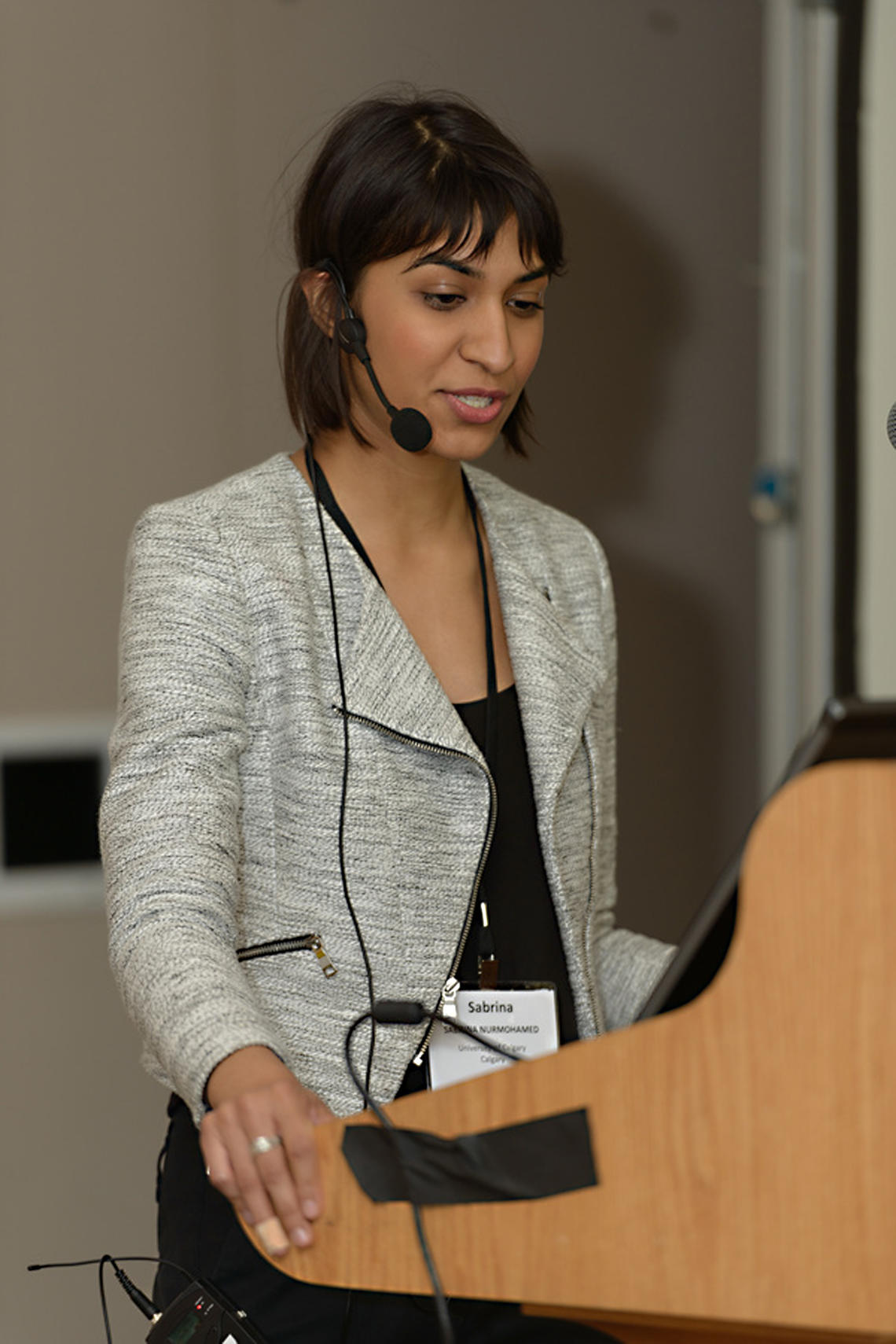Sept. 14, 2017
What you should know about tattoos before you get permanently inked

People from around the world have used their skin as a canvas for thousands of years.
Barron Tattoo Studio
A physician studying the science of the skin, hair and nails understands why people are attracted to the art of tattooing.
“I think our skin naturally records our surrounding environment through things such as pollution, trauma to the skin, and aging,” says Dr. Sabrina Nurmohamed, a third-year dermatology resident at the University of Calgary’s Cumming School of Medicine (CSM).
“Tattoos are one of the ways we can choose to deliberately change our skin. It’s an important mode for creativity and self-expression.”
As part of the 2017 Beakerhead science, technology and arts festival, Nurmohamed and Barron Tattoo Studio owner Jason McNichol co-presented Inked: The Science of Skin Deep. “The goal is to talk about tattooing as an art and tattooing as a science, and how to get tattooed safely,” she says.
Skin as canvas
Participants got to apply tattoos on grapefruit using a tattoo gun, says Nurmohamed. The aim was partly to demonstrate how ink is deposited within people’s skins, she says.
The skin is not only the body’s largest organ, it is constantly regenerating, says Nurmohamed, who is a resident in the Division of Dermatology in the Department of Medicine at CSM. “Imagine if we could heal damaged kidneys or brains the way skin repairs itself,” she says.
“The skin is a sensory and immune organ; acts as a barrier to keep out infections; regulates temperature; and can make hormones. There’s virtually nothing it can’t do.”
For thousands of years, people in cultures around the world have also used their skin as a canvas. Nurmohamed, 26, considered getting inked after visiting a tattoo parlour. “This particular parlour embraces the subculture of tattooing — it makes you feel part of something cool and edgy,” she says, describing the underground vibe of the décor. “I’ve never found a tattoo design that I liked, but I’m open to the idea.”

Nurmohamed will partner with a local tattoo parlour owner to present Inked: The Science of Skin Deep
Sabrina Nurmohamed
Do your research
While people often take painstaking care researching tattoo parlours to find the most skilled artists, health considerations sometimes get less attention, says Nurmohamed. Improperly cleaned equipment can lead to people getting everything from hepatitis to fungal infections, which can be difficult to treat, she says.
“It’s not a bad idea to make a field trip to your tattoo parlour before you get inked,” she says. “You should keep an eye out for smoking, drinking or eating in the area. You should ask if they use things such as sterile, single-use disposable tattoo needles and tubes.”
Clients can also ask for a copy of the parlour’s health inspection report for the 12-month period before they get tattooed. But while legitimate tattoo parlours in Calgary must meet standards set out in municipal and provincial regulations, some people are getting tattoos done by themselves or acquaintances.
Nurmohamed is particularly concerned about a recent trend of people buying do-it-yourself “stick-and-poke” tattooing kits online to avoid the expense of getting a professional tattoo, which can cost upwards of $150 per hour. “It’s a permanent tattoo. It shouldn’t be treated like doodling in a scrapbook,” she says.
Click here for more information about tattoo safety.
